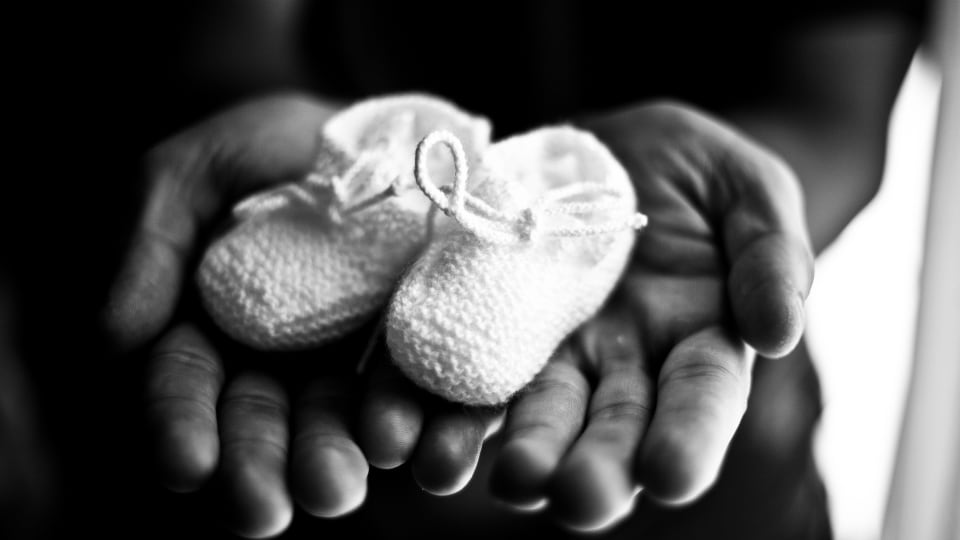What to know
Stillbirth affects about 1 in 175 births, and each year about 21,000 babies are stillborn in the United States. That is about the same as the number of babies that die during the first year of life.

What the data show
Since the 1940s, overall improvements in maternity care resulted in a dramatic reduction in the occurrence of stillbirth.1 In the past 30 years, medical advancements have reduced the number of late and term stillbirths. Recently however, the overall rate of decline has slowed.
Who is affected
Stillbirth occurs in families of all races, ethnicities, and income levels, and to women of all ages. However, stillbirths do occur more often to women in certain racial or ethnic groups. In 2021, stillbirth occurred among non-Hispanic Black women two times more often than non-Hispanic Asian or Pacific Islander and White women.2
These disparities could possibly be attributed to many underlying causes, including access to quality healthcare, pre-existing health conditions, and structural discrimination.
- Woods R. Long-term trends in fetal mortality: implications for developing countries. Bull World Health Organ. 2008 Jun;86(6):460-6. PMID: 18568275.
- Gregory ECW, Valenzuela CP, Hoyert DL. Fetal mortality: United States, 2021. National Vital Statistics Reports; vol 72 no 8. Hyattsville, MD: National Center for Health Statistics. 2023.
- Hoyert DL, Gregory EC. Cause-of-death Data From the Fetal Death File,2018-2020. Natl Vital Stat Rep. 2022 Oct;71(7):1-20. PMID: 36301230.
